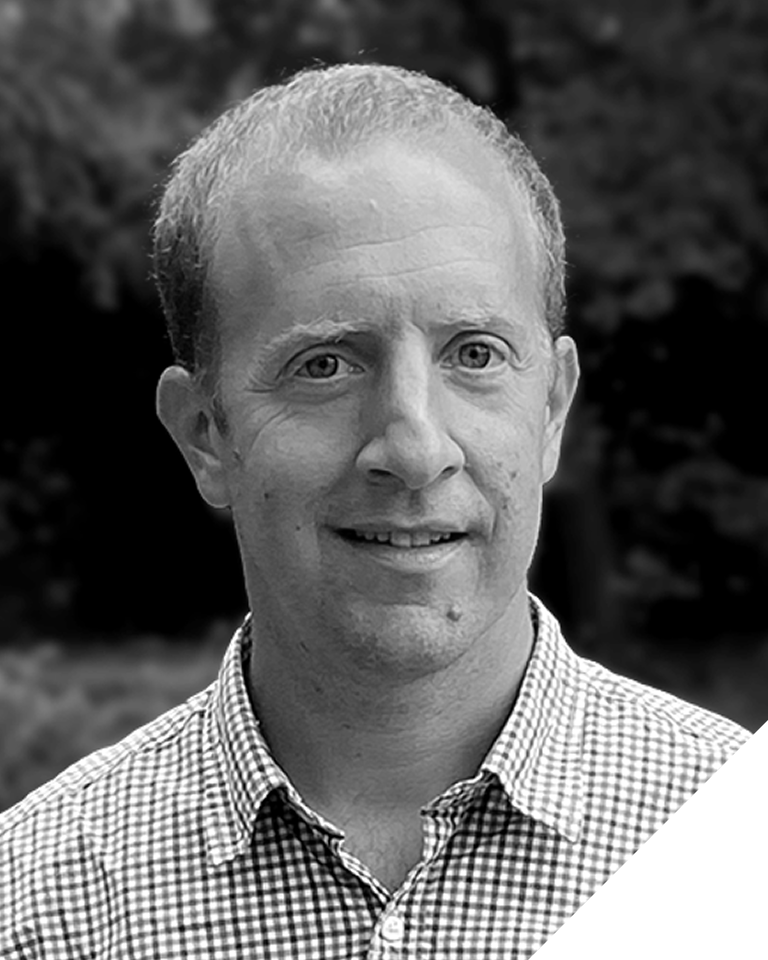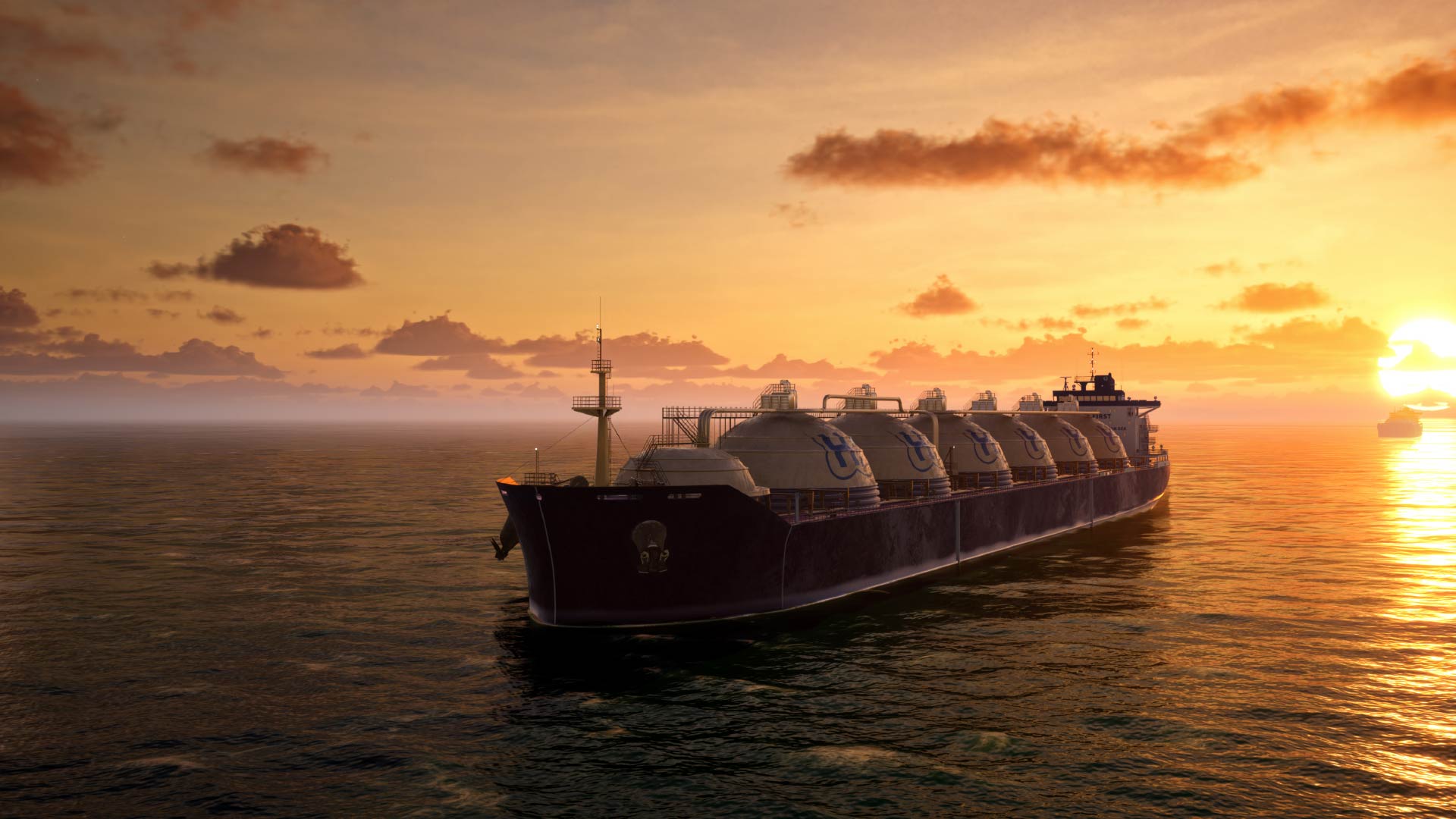Engineered CDR Must Cross A Chasm
Slowing global warming requires decarbonization – and a lot of carbon removals. Engineered or novel carbon dioxide removals (CDR) are evolving quickly, but the scale of growth needed is vast.
The facts are these:
- Every Paris-aligned 1.5° pathway requires carbon dioxide removal, or CDR, of 5-16 billion metric tonnes per year globally by 2050.
- Cumulative country CDR pledges are at least 1 billion metric tonnes short of what’s needed by 2030 for even the least demanding Paris-aligned scenario. This gap is forecast to be far larger by 2050.
- Averaging the three major Paris-aligned scenarios, the rate of novel, or engineered, CDR needed (such as direct air capture, BECCS, enhanced weathering) must increase by a factor of 30 by 2030, and a factor of 1,300 to 4,900 by 2050.
In sum: there’s a chasm between today’s engineered CDR market and the engineered CDR market that the world needs.
The market dynamics make the story clear enough: demand is there, with the vast majority of engineered CDR credits selling today for delivery years from now. Supply, however, is still limited, leading to prices ranging from $200 (biochar) to up to $1,600 (electrochemical CO2 ocean capture) – far more than the going nature-based carbon credit rates.
Public and private forces are moving to improve supply. On the public side, the US Bipartisan Infrastructure Law dedicates $12 billion directly into engineered CDR efforts, including $3.5 billion for 4 regional direct air capture (DAC) hubs and $2.5 billion for carbon storage validation and testing. On the private side, firms including McKinsey & Company and a gaggle of tech organizations (Alphabet, Meta, Shopify and Stripe) have made a $1 billion advanced market commitment to carbon removal technologies.
It's no wonder VCs smell opportunity. Just weeks ago, Charm Industrial announced $100 million in Series B funding. ClimeWorks, a DAC pioneer, has more than $800 million of funding. And innovations in biochar, DAC, enhanced weathering, bio-oil and the like are coming fast and furious.
If that’s all piqued your interest, we know the feeling; our research team at Verdantix has just kicked off research to develop a market overview of carbon removal technologies, which will publish in December. If you work in the space (or have strong opinions), get in touch here.
About The Author

Ryan Skinner
Research Director





